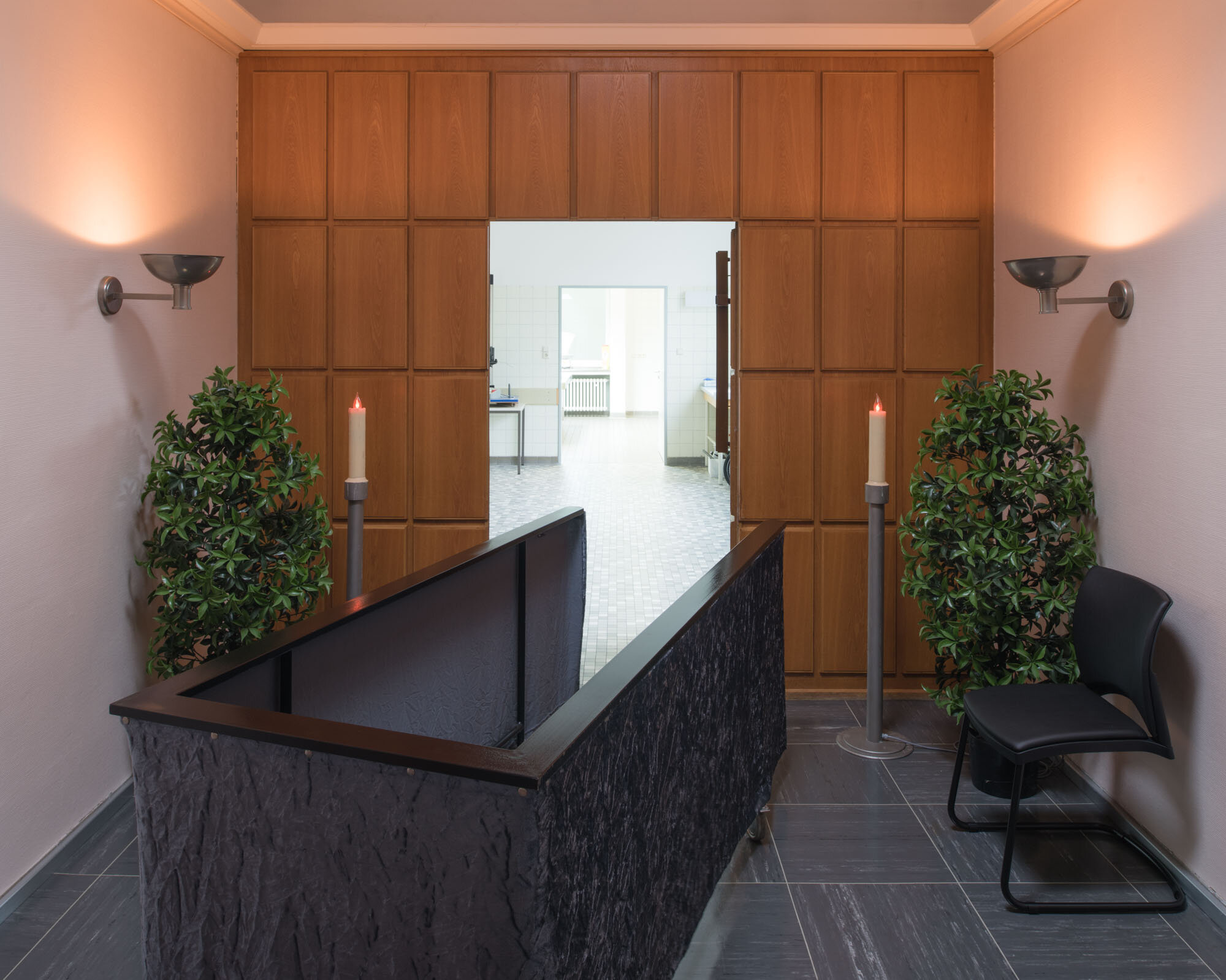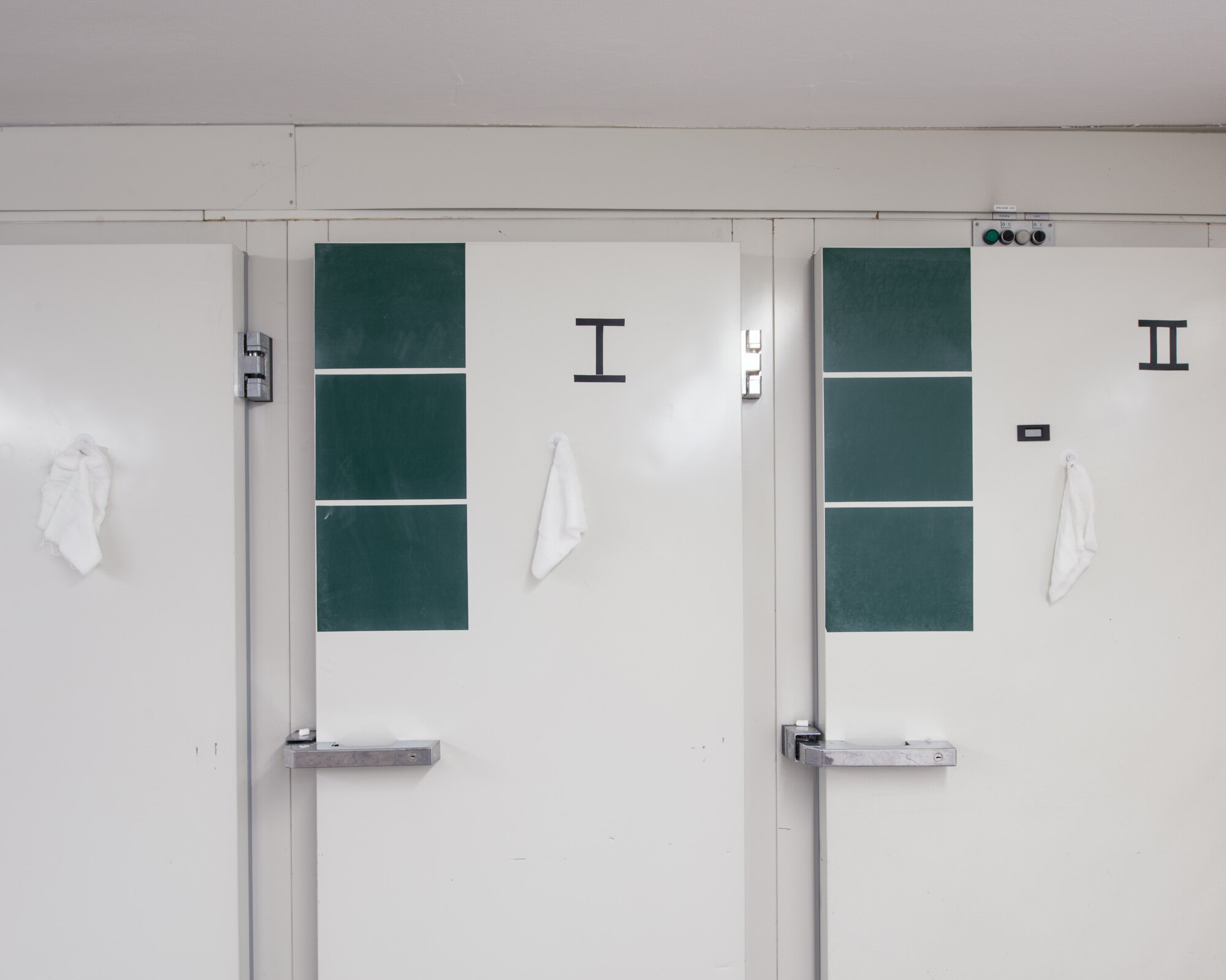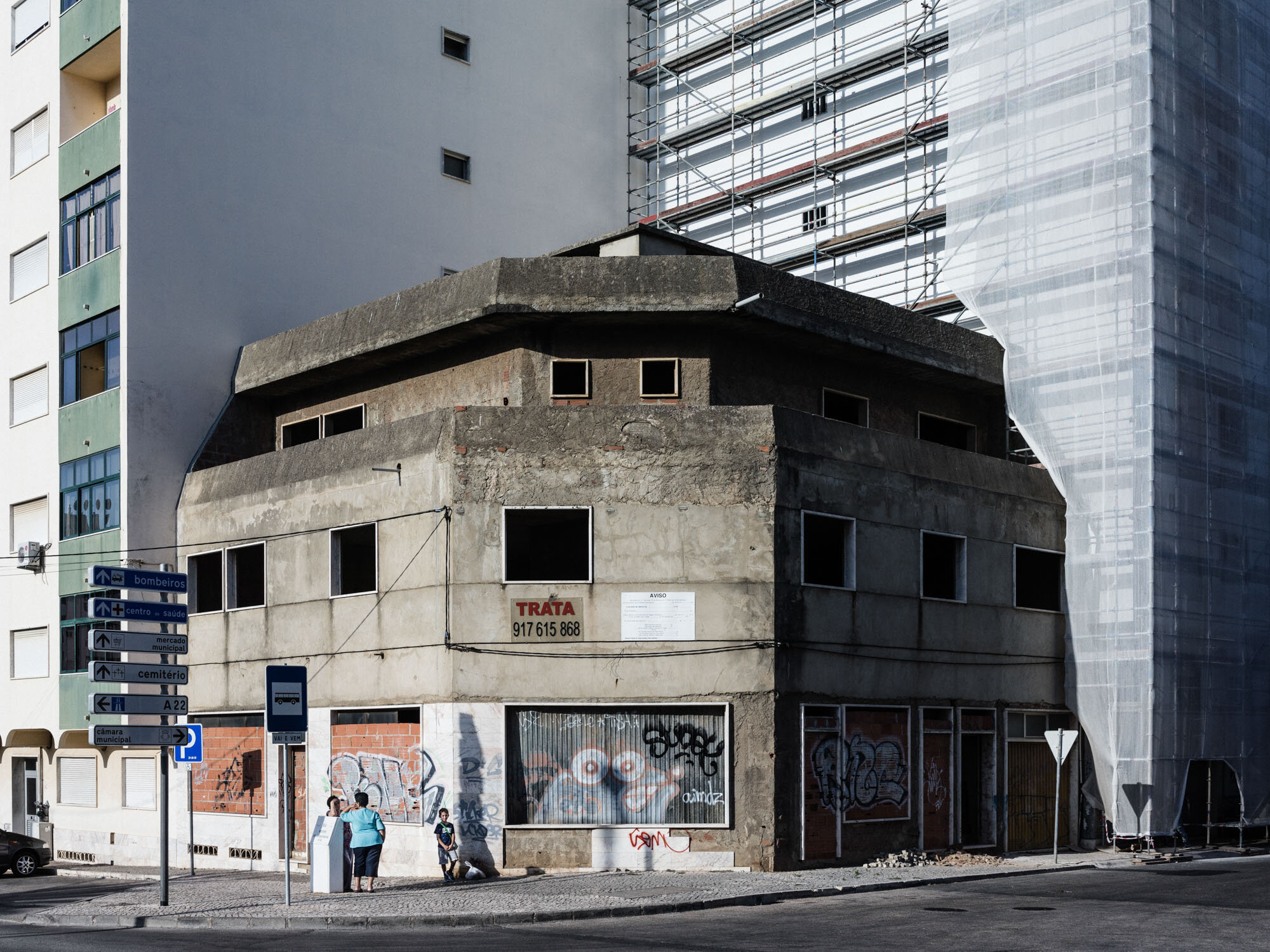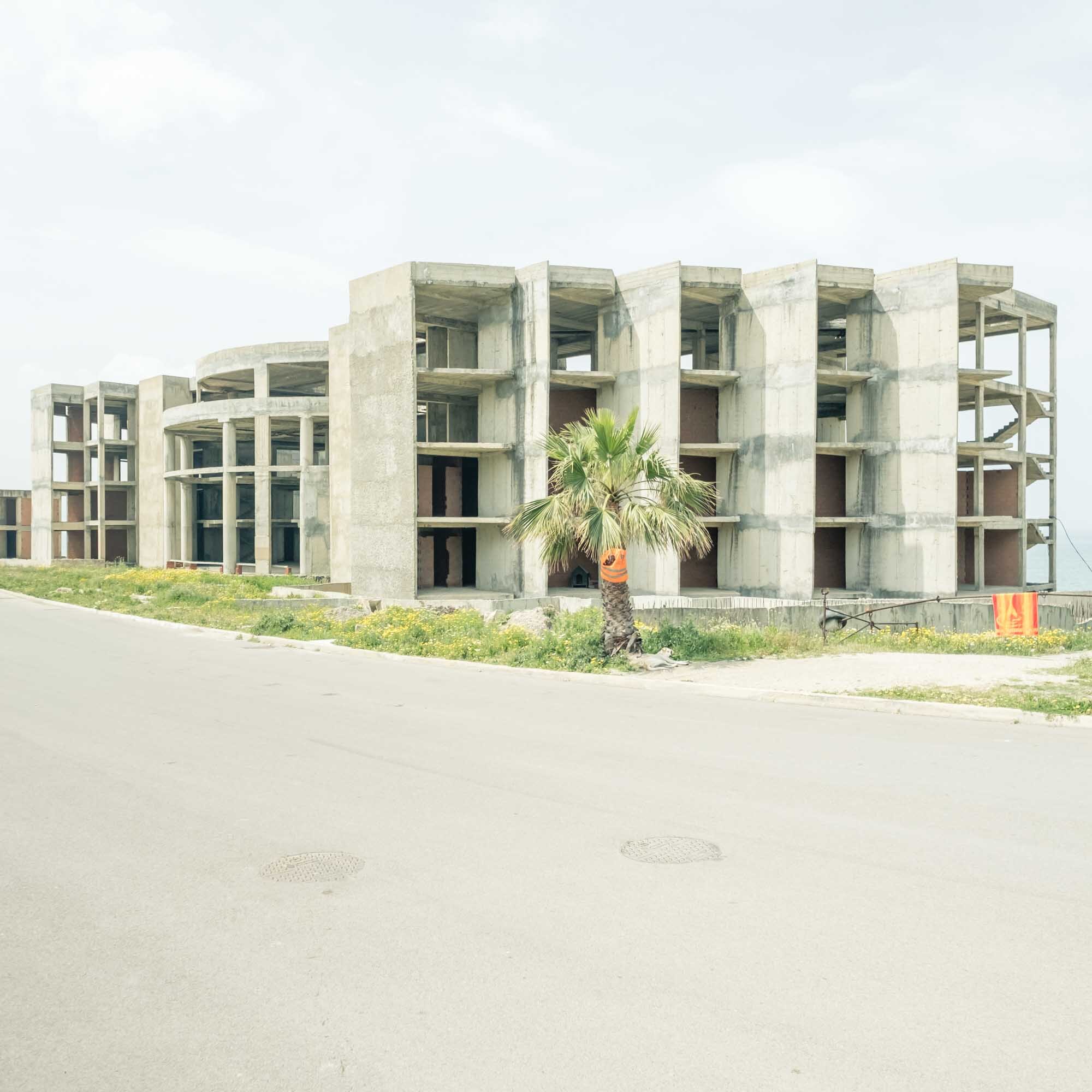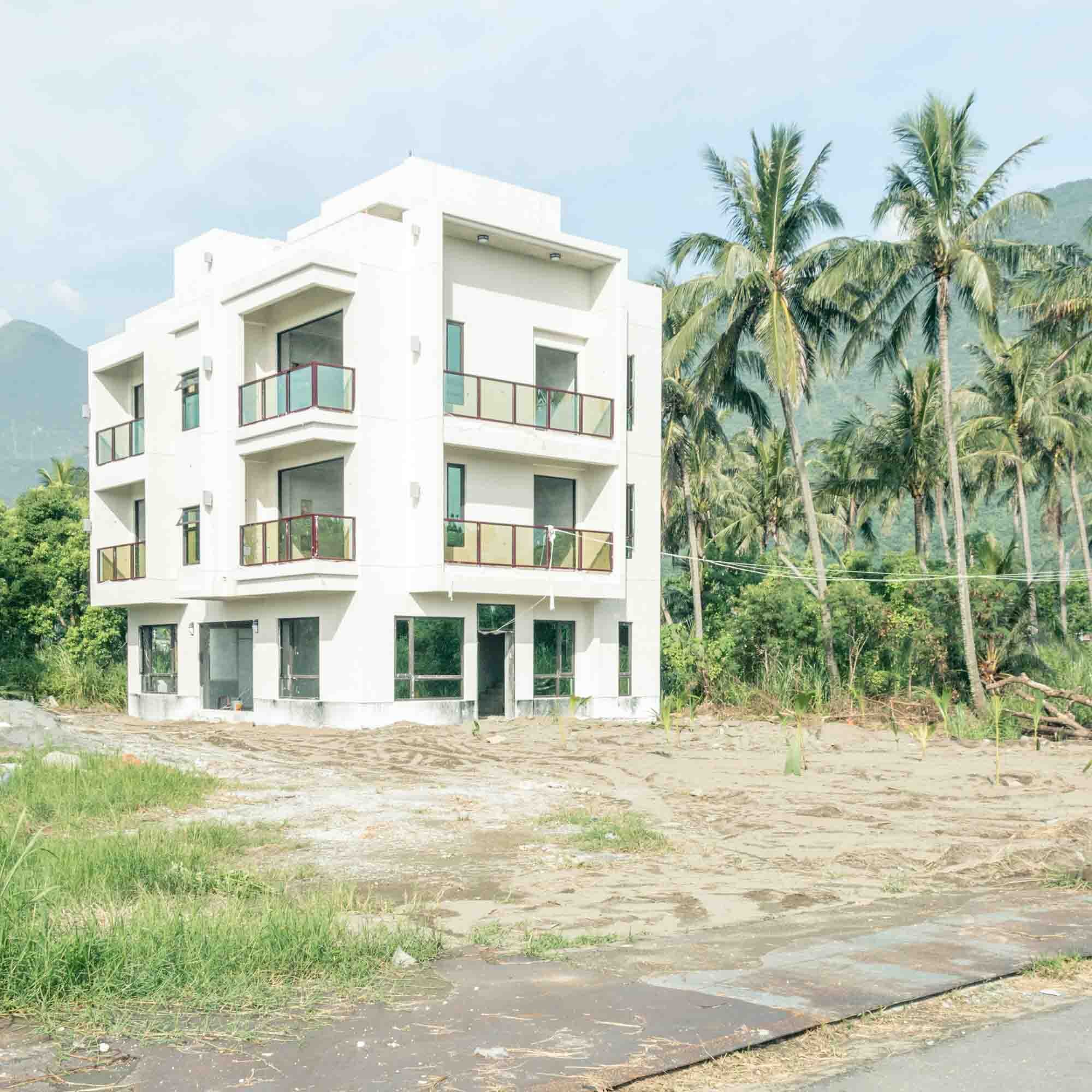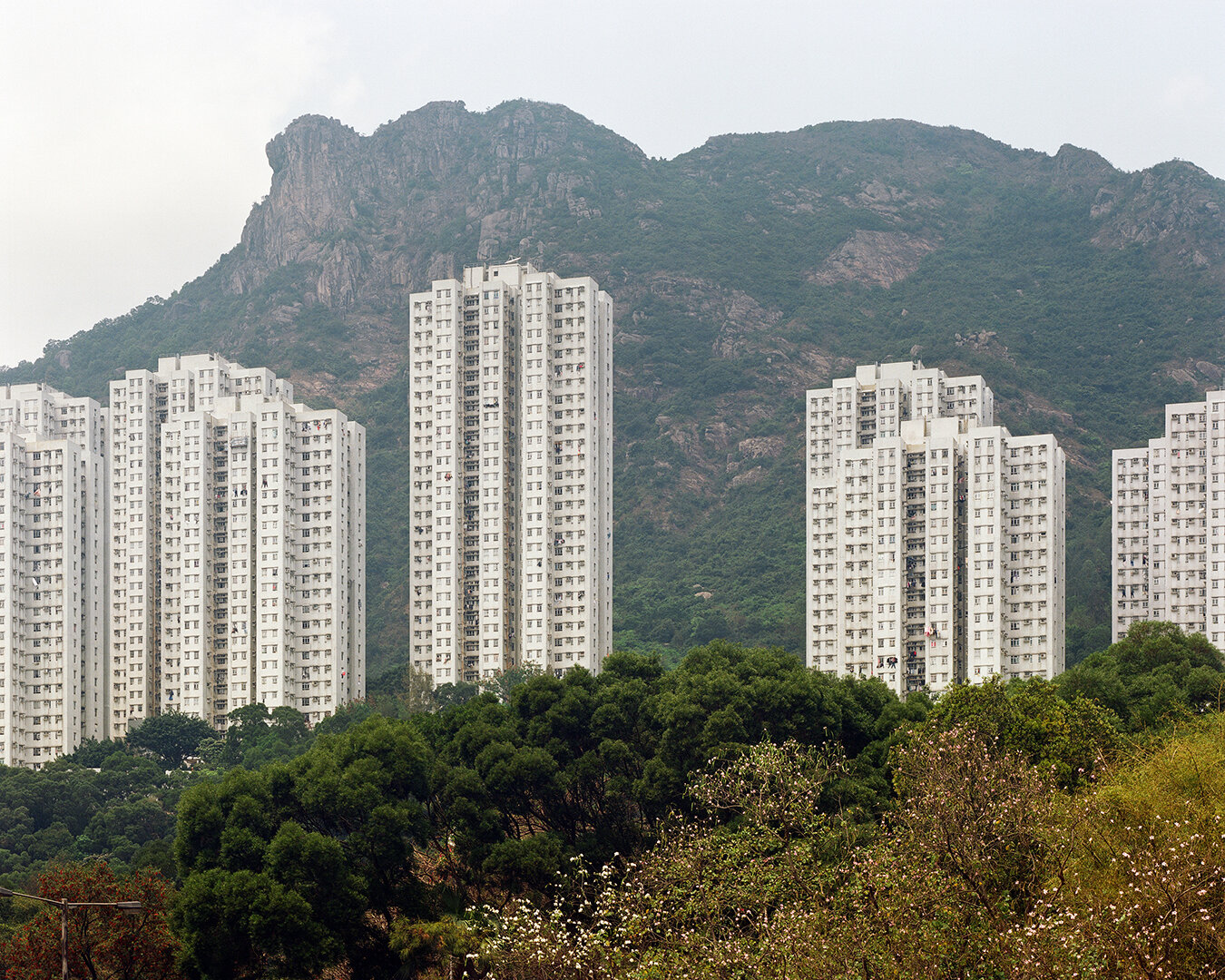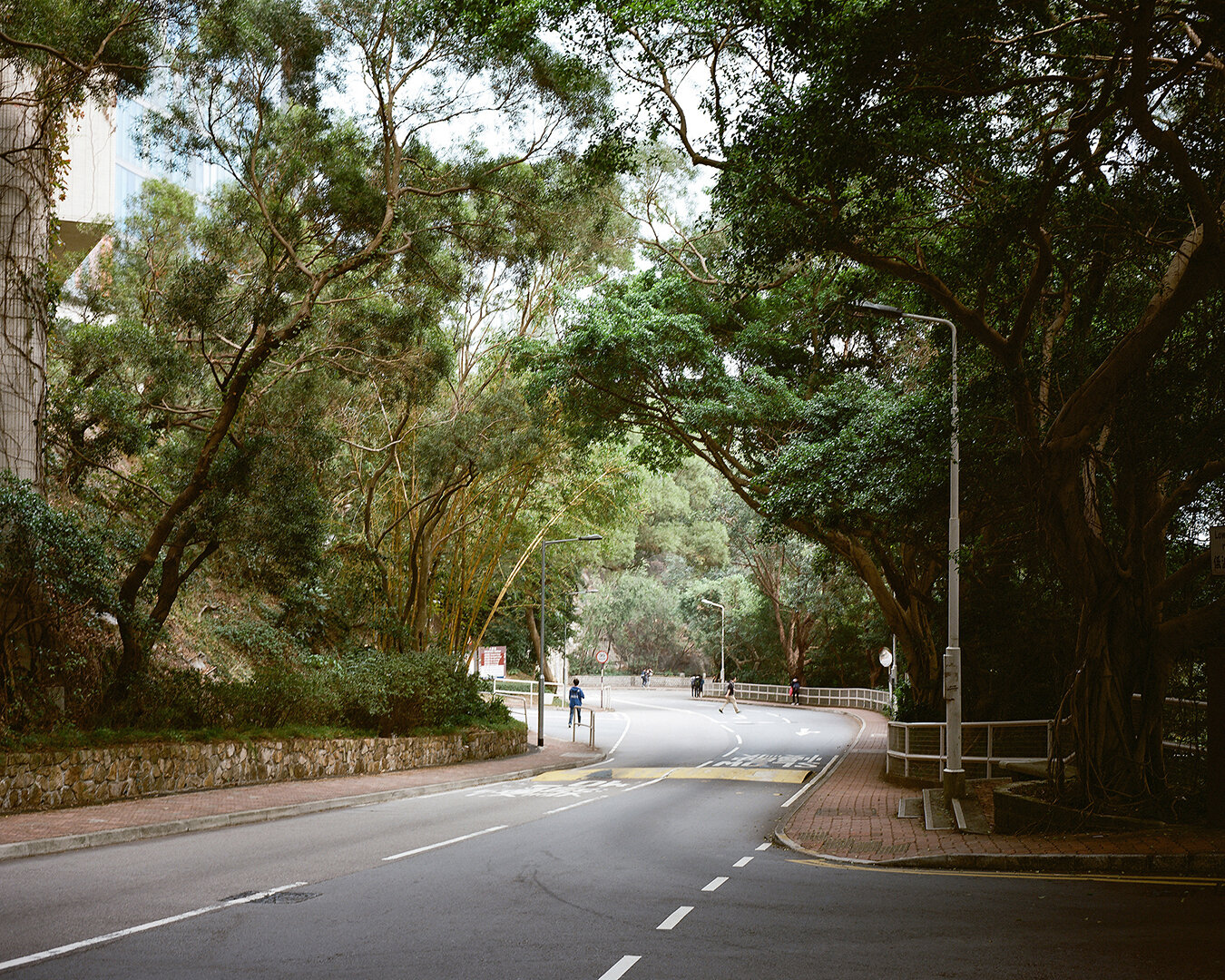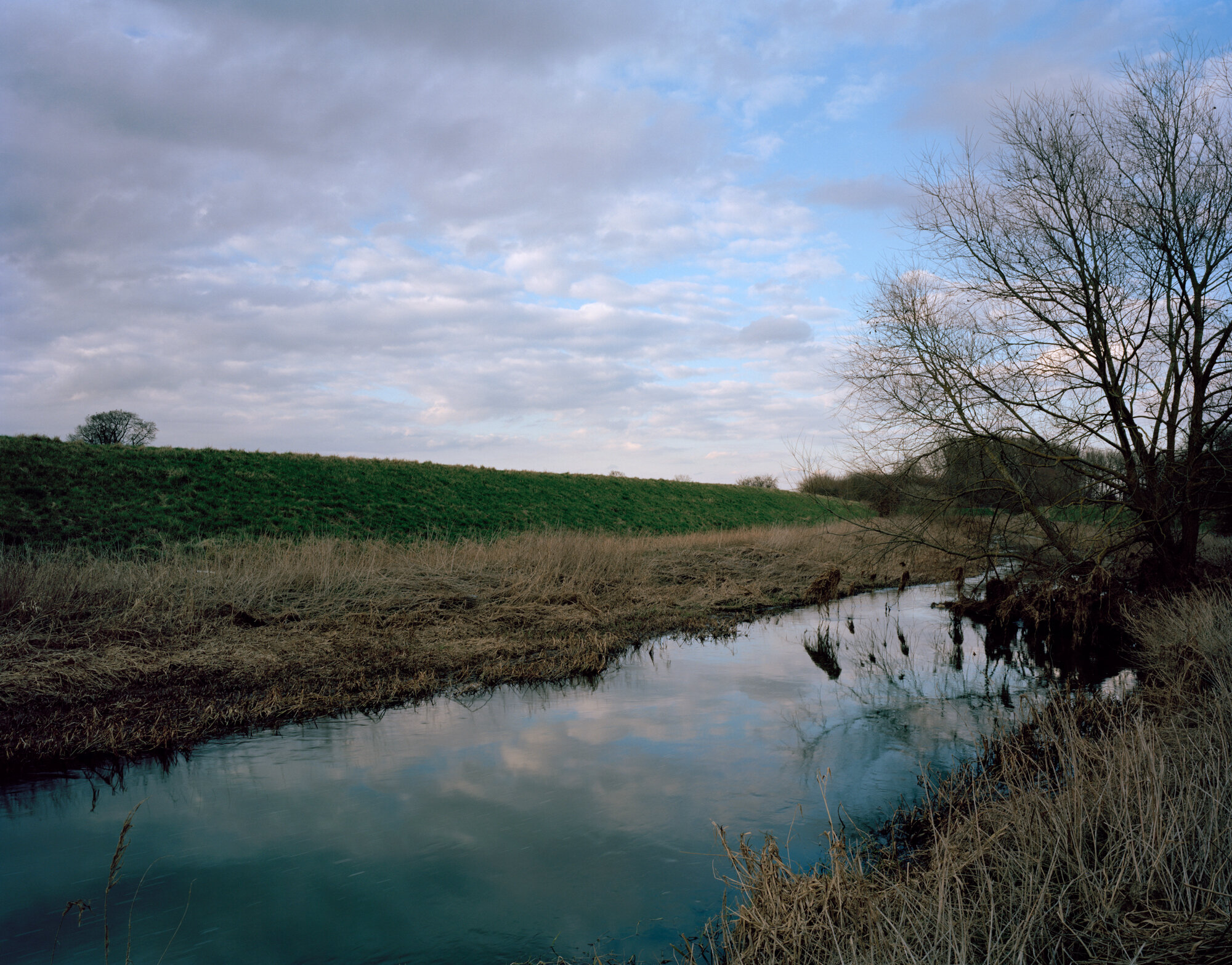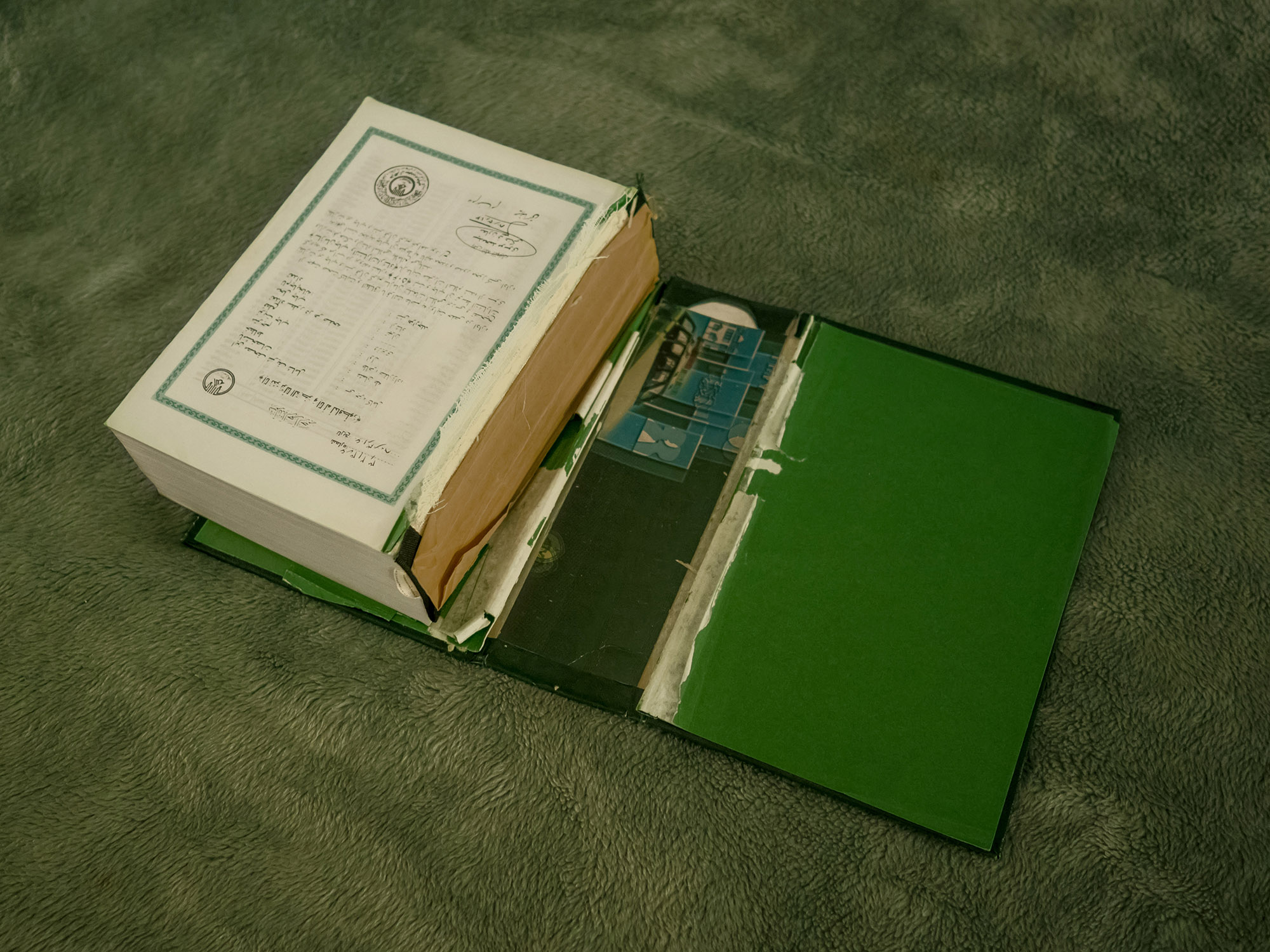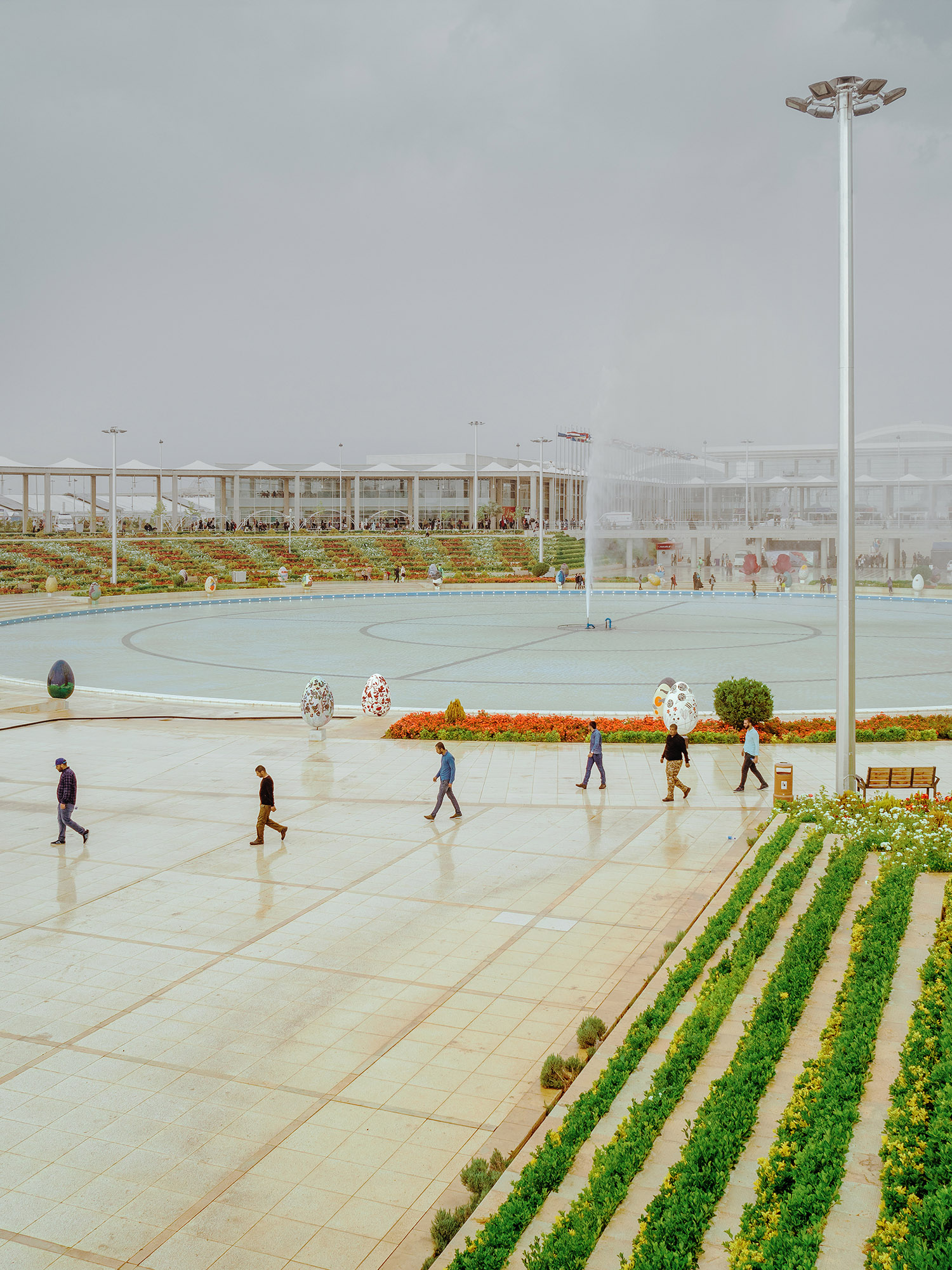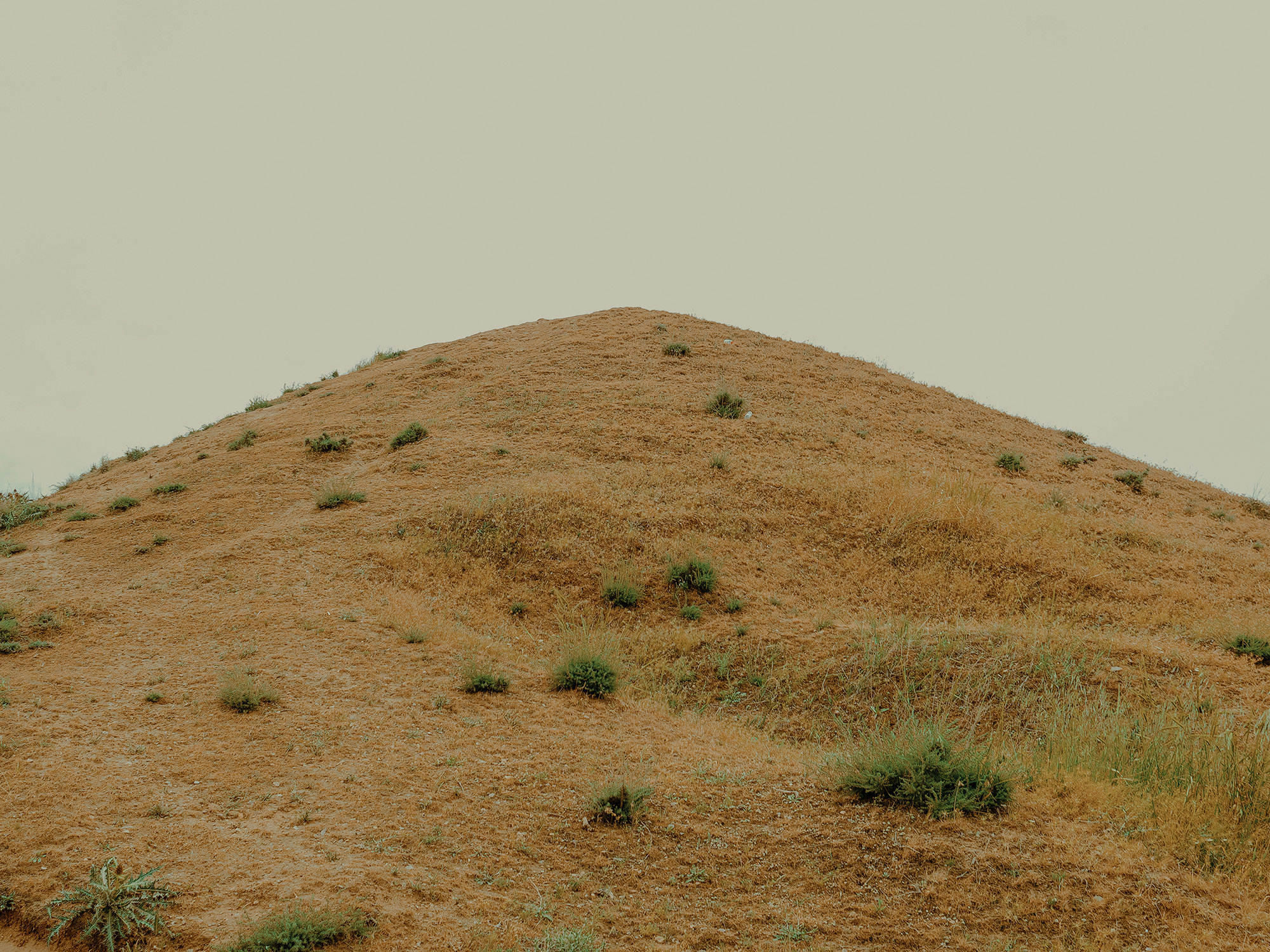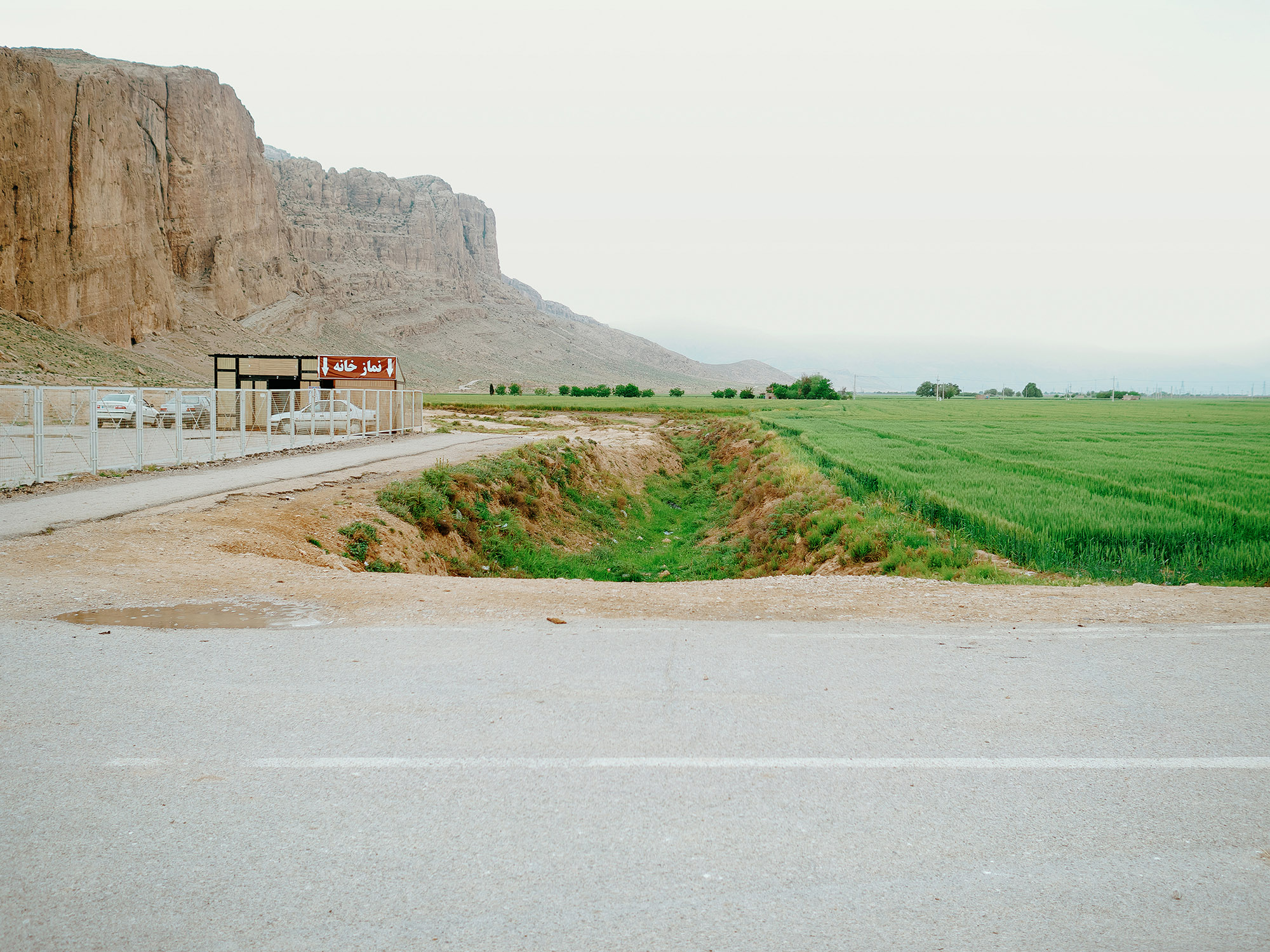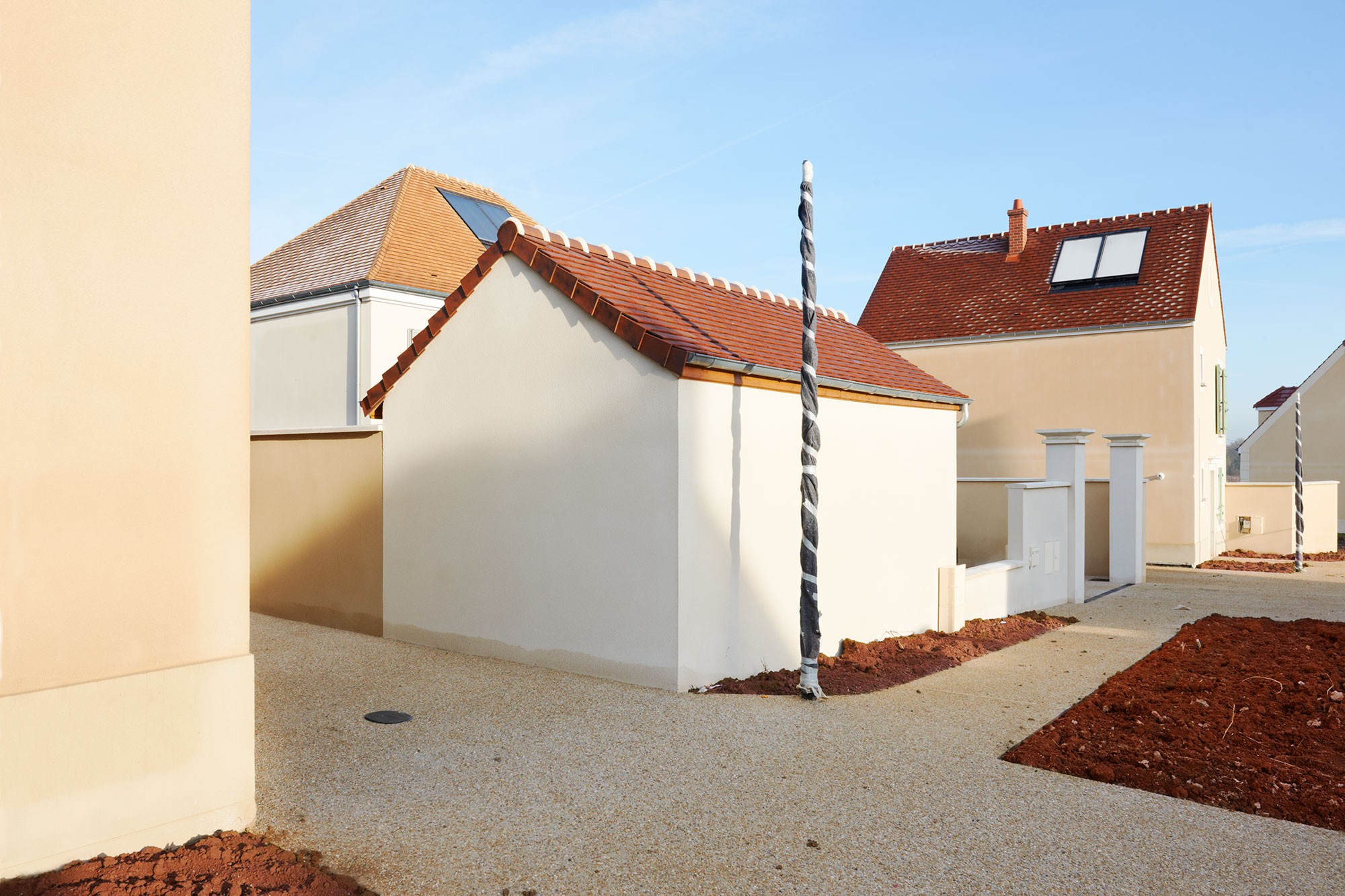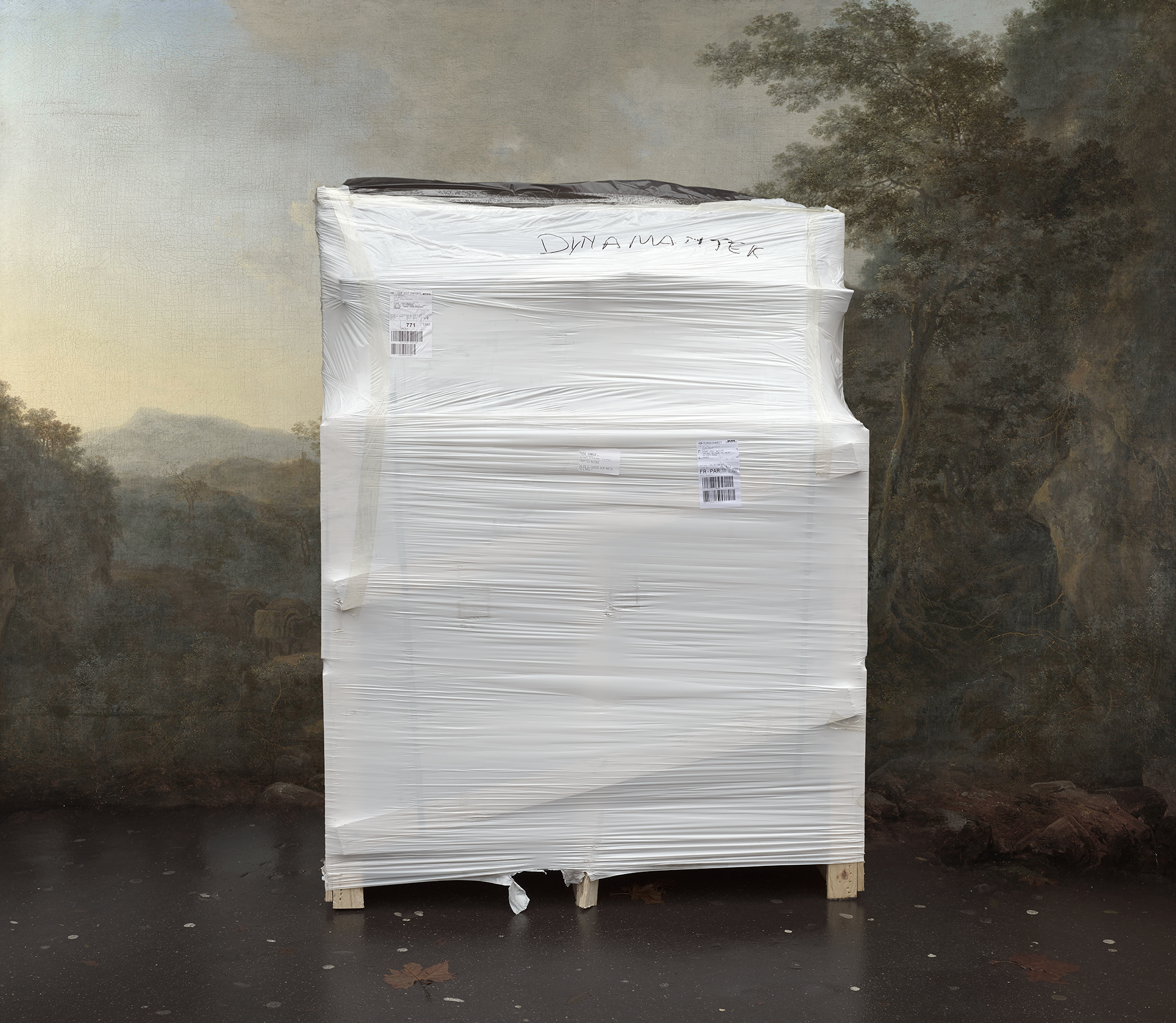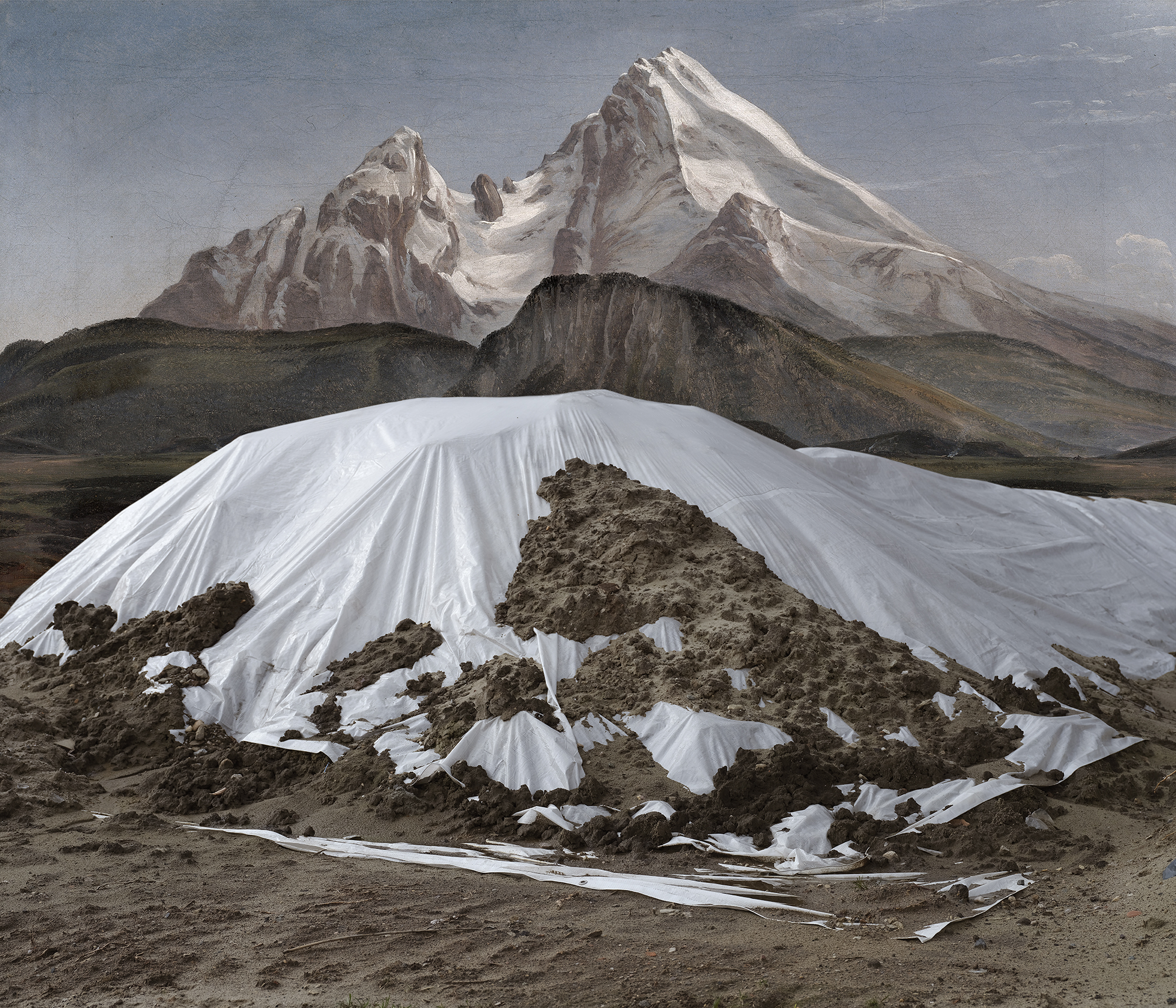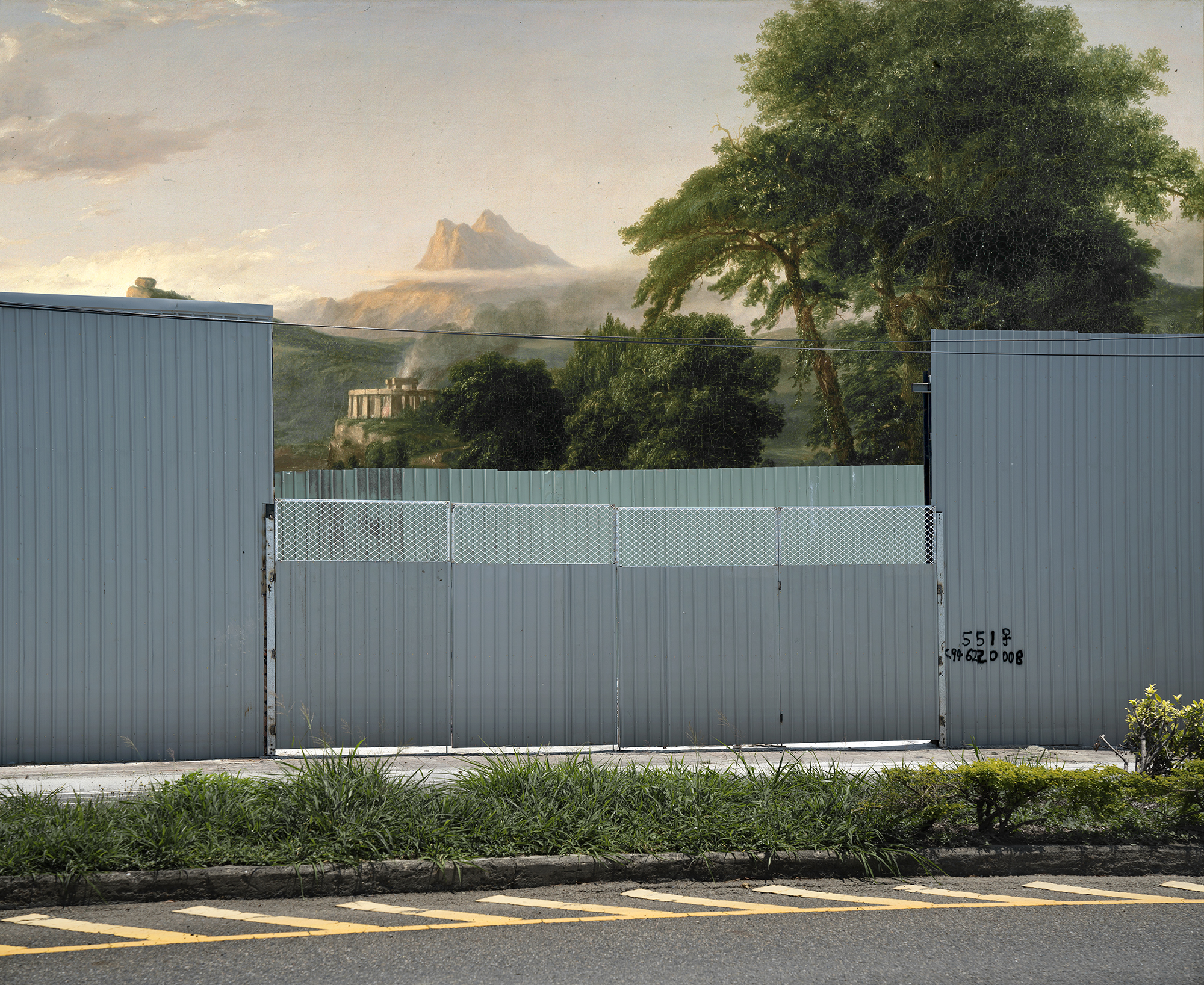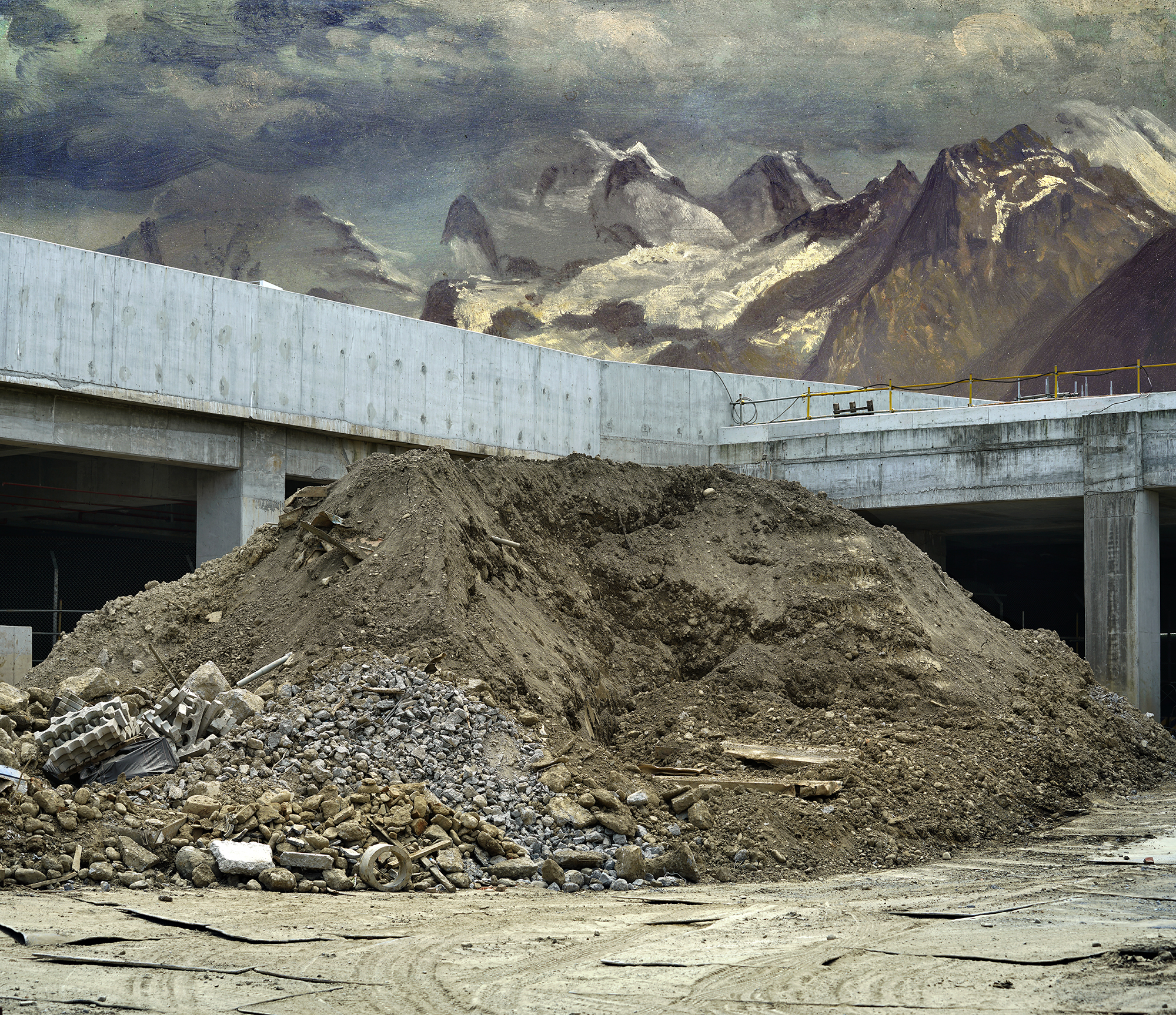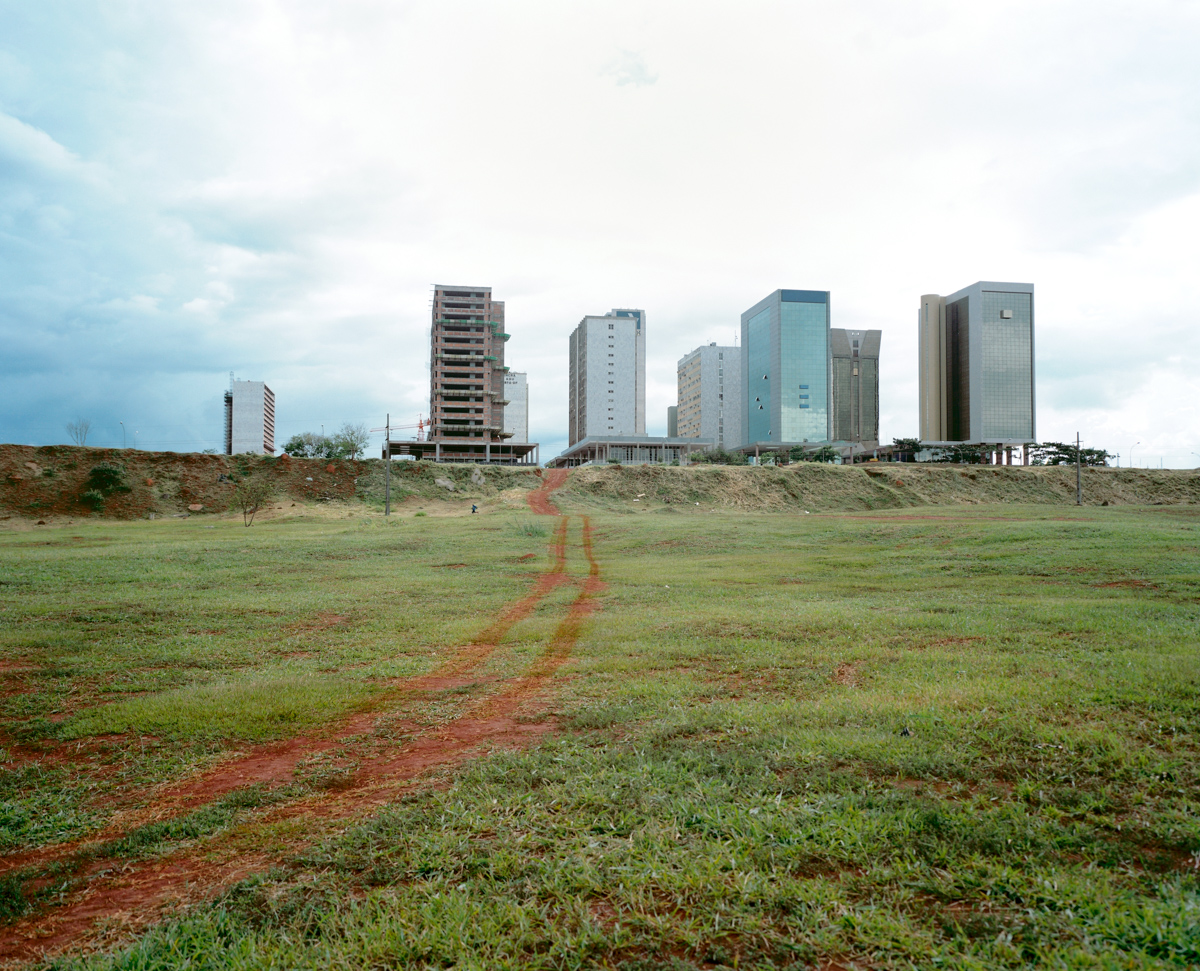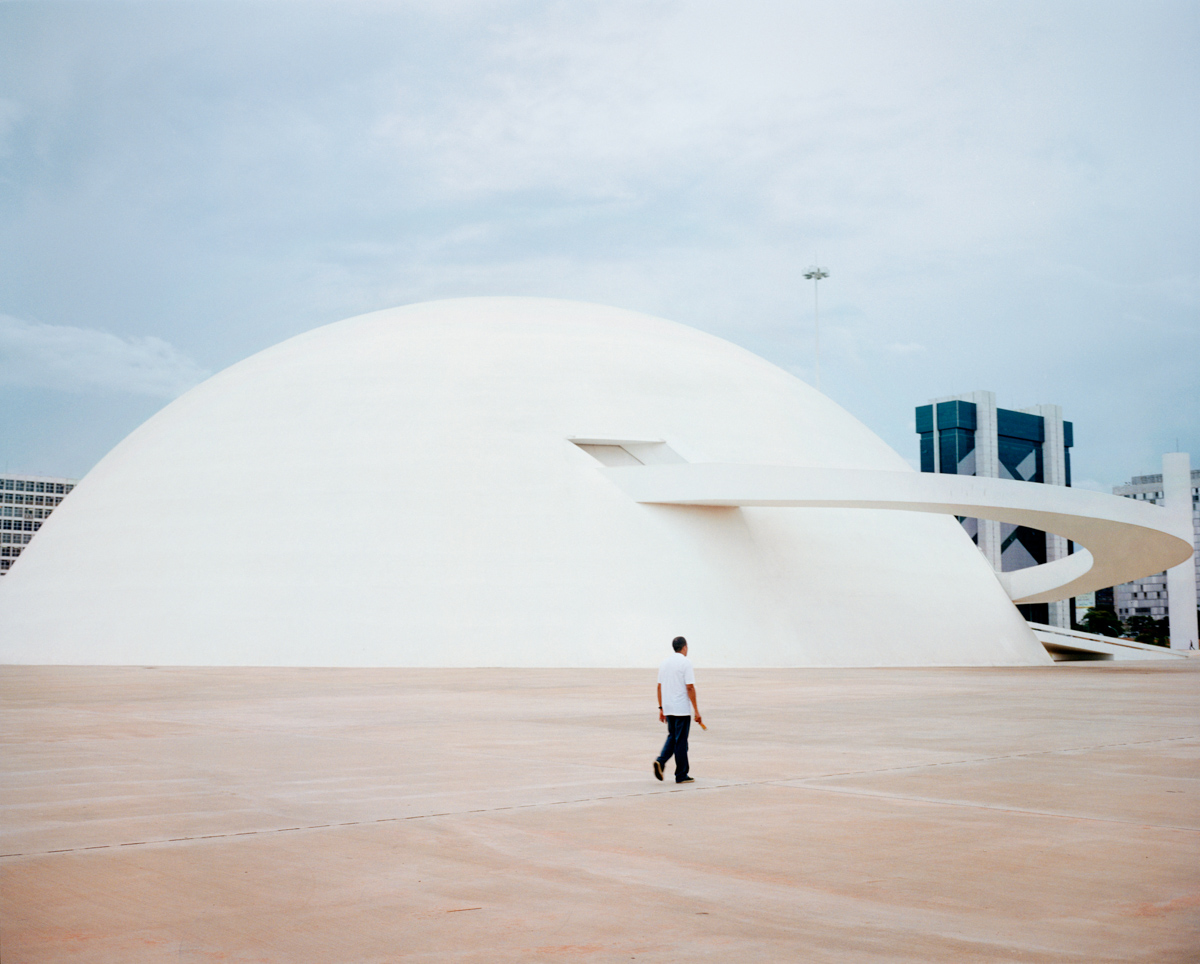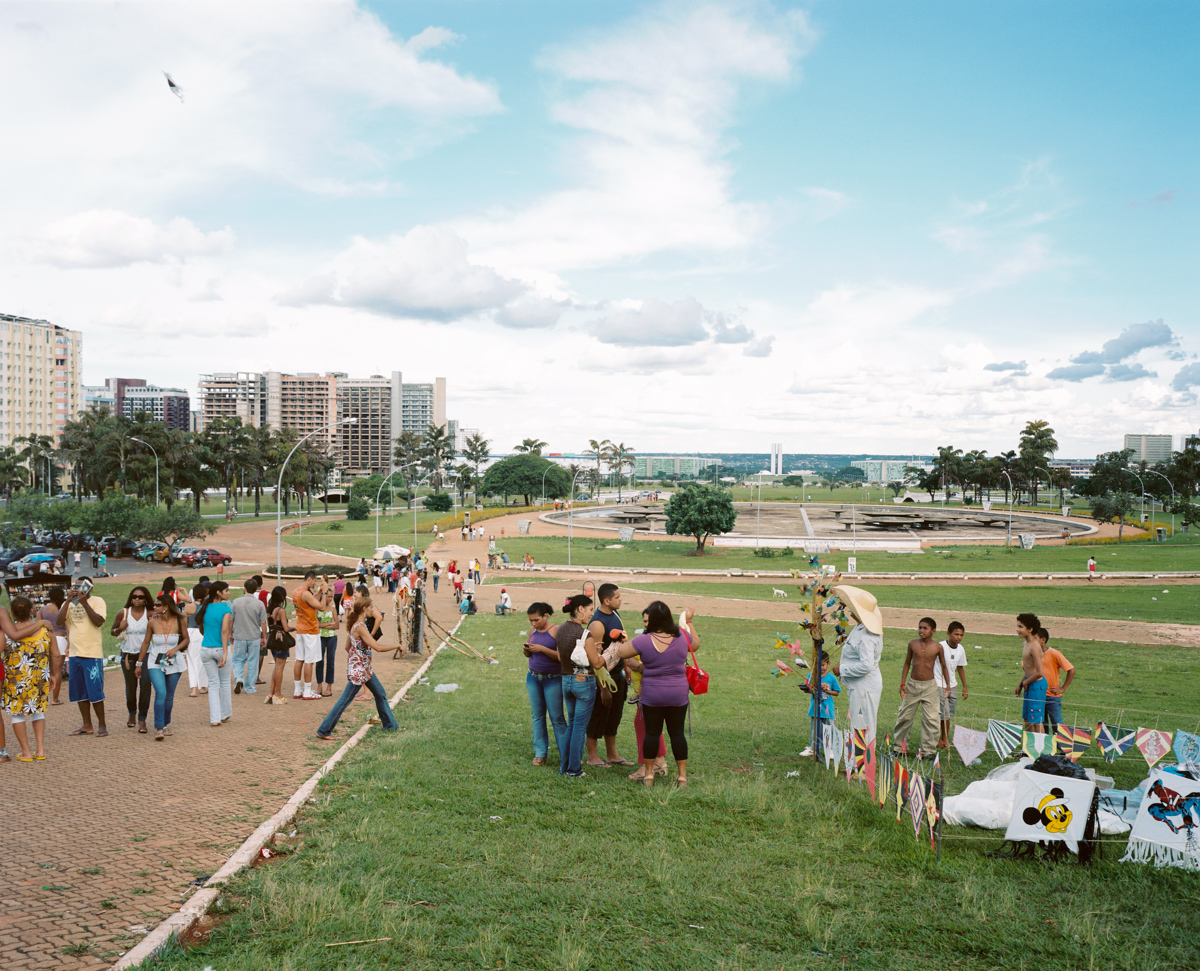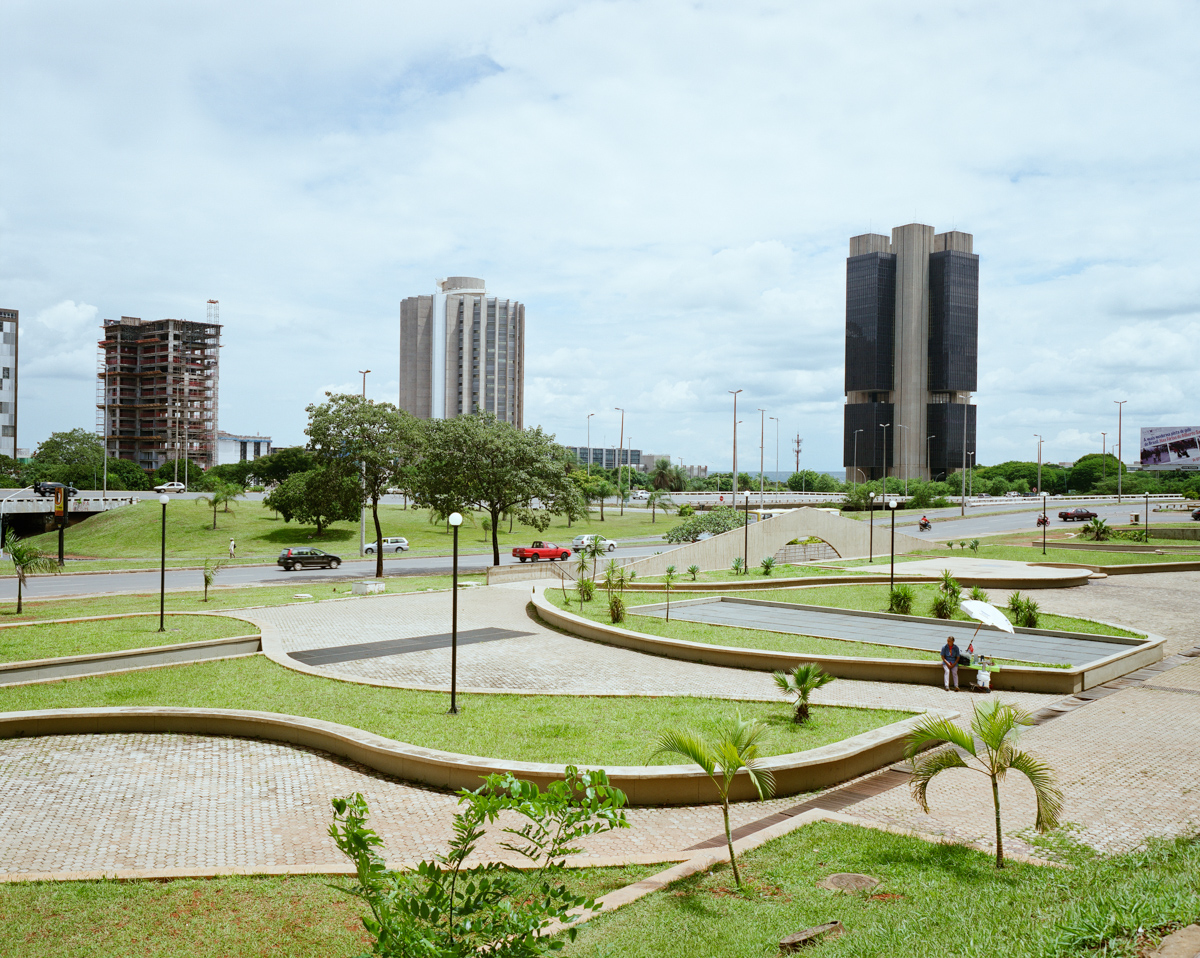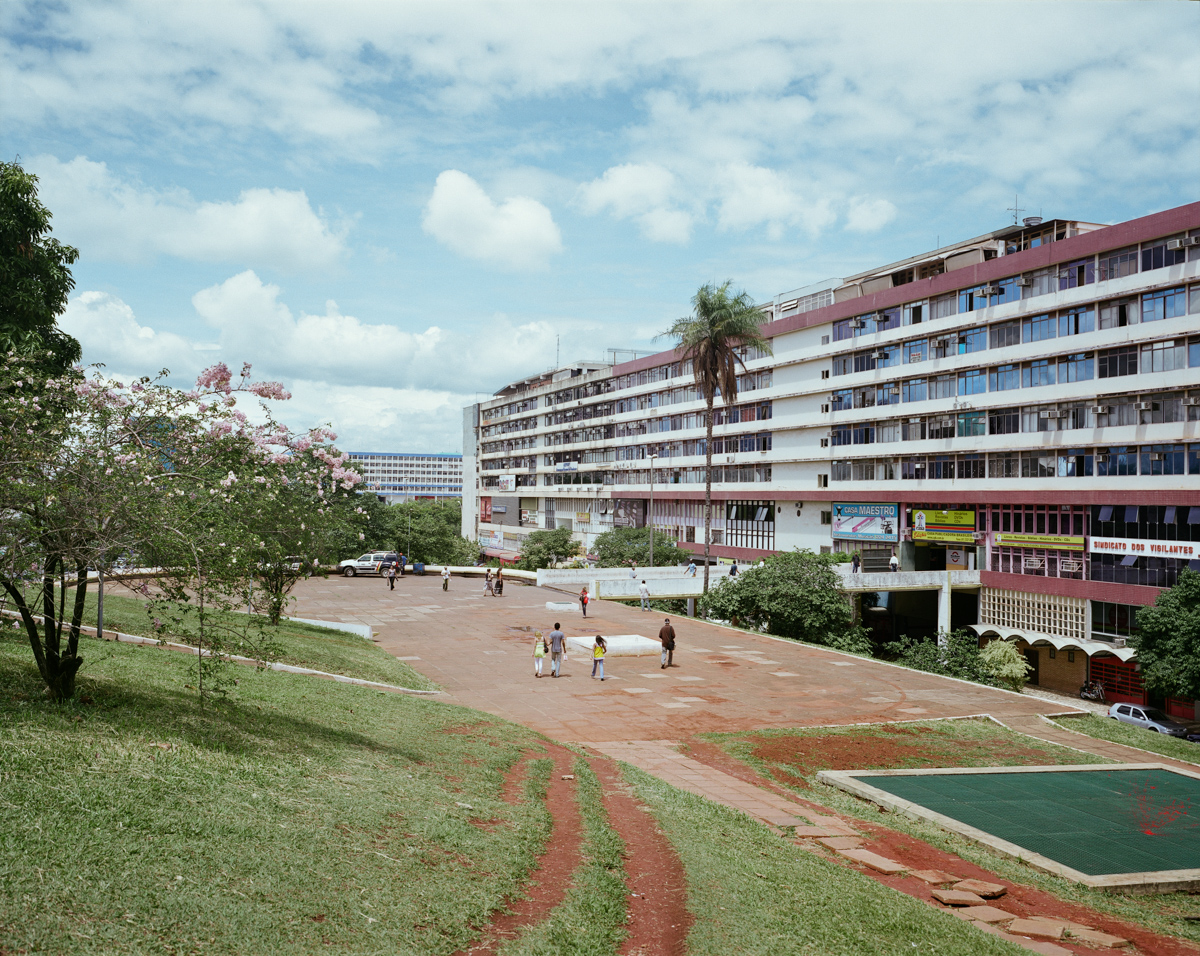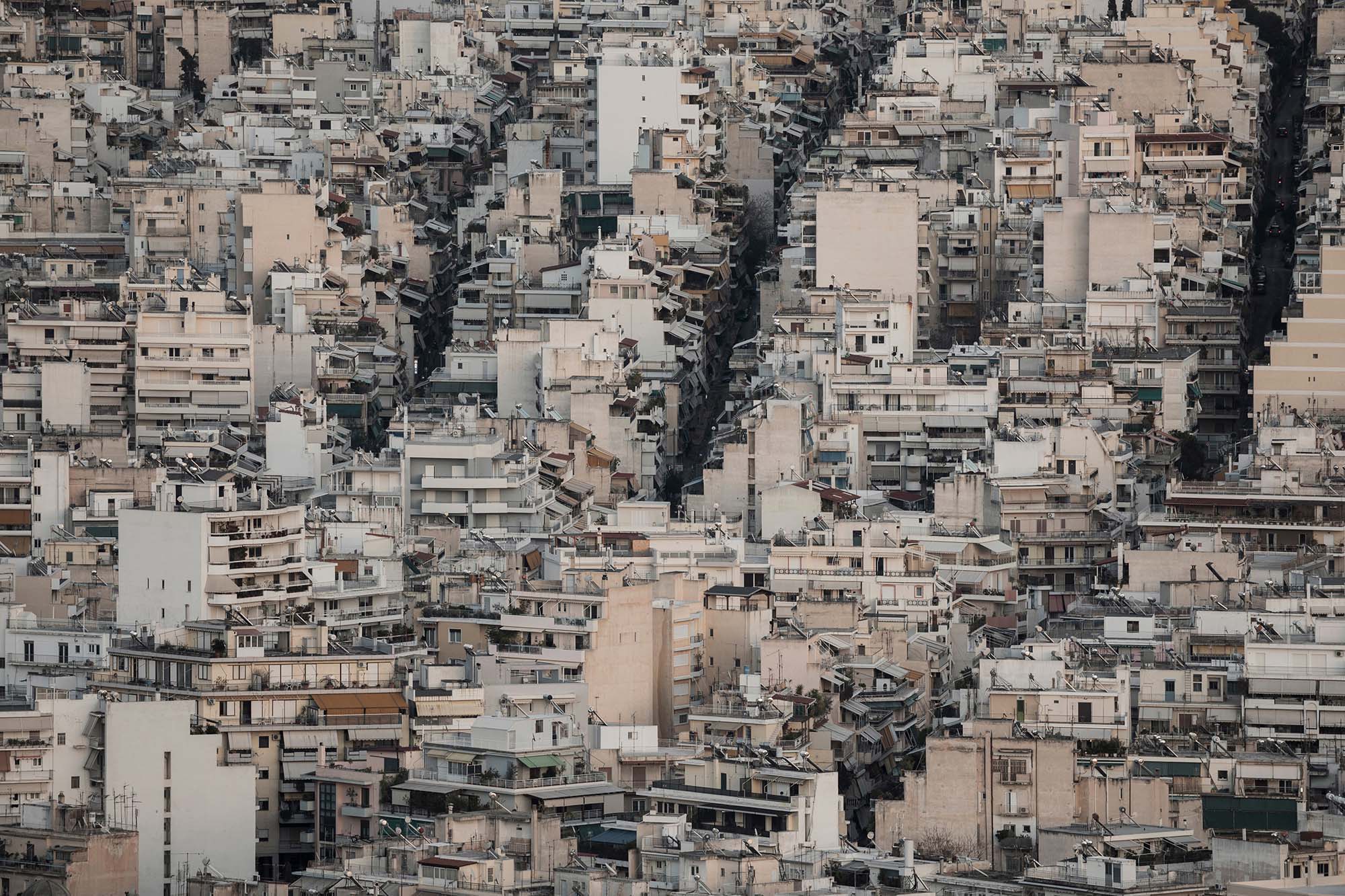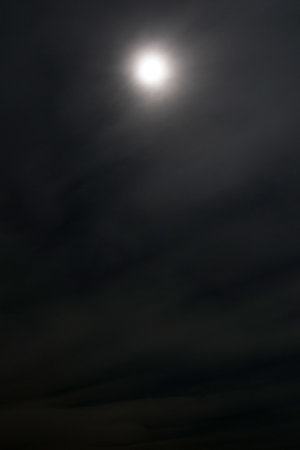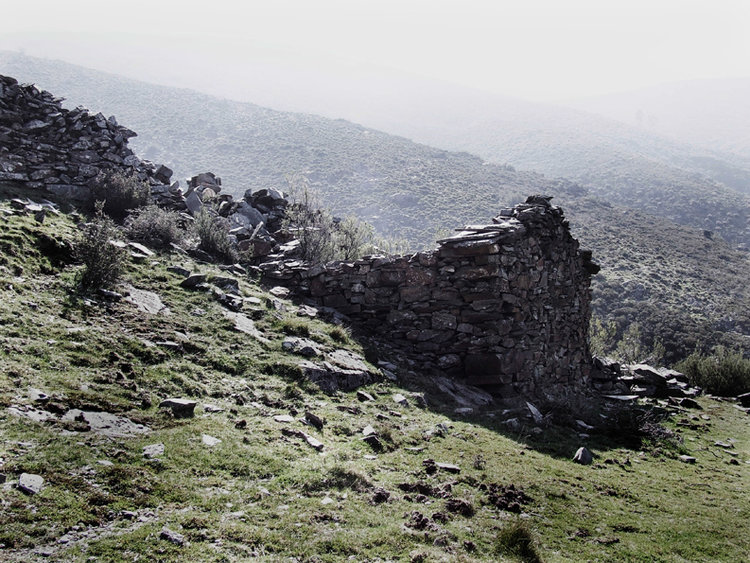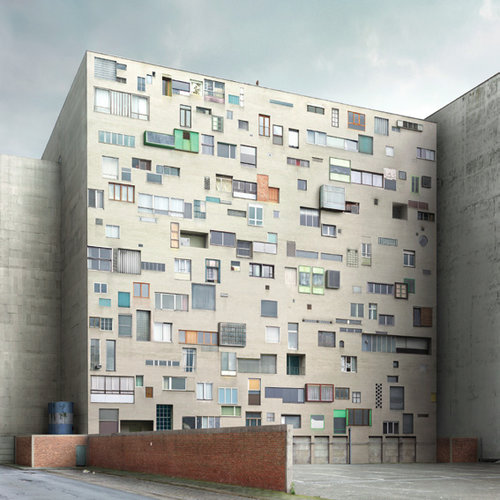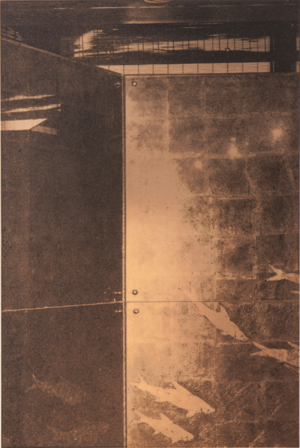Of Dying and Living on
BY DANIEL CHATARD
It‘s unusual for a story to begin with the death of a person. But with tissue donation, a process that can change another person‘s life from the ground up starts there. The German Society for Tissue Transplantation (DGFG) provides patients nationwide with corneas, amniotic tissue and heart valves, among other things - the DGFG maintains twelve tissue banks alone for this purpose. The photographs examine the complex system that makes the donation process possible and show the rooms in which tissue donation takes place. The selected photographs, taken in cooperation with the DGFG, explore tissue donation in Germany as a closed system within which the various locations photographed have different functions. They show rooms and still lifes that visualize important steps in the donation process - from the farewell room, where people see their deceased relatives one last time, to the surgery room, where the donations are used to heal the recipients.
Bio
Daniel Chatard (1996) is a Franco-German documentary and portrait photographer based in Hanover, Germany.In his work, Daniel has been mostly interested in the relationship between individuals and their societies, exploring how collective identities shape the human experience. He is available for assignments in Germany and worldwide.In 2015, Daniel started his studies of photojournalism and documentary photography at the University of Applied Sciences and Arts in Hanover. In 2017, he interned as a photographer at Weser-Kurier in Bremen. He did an exchange semester at the faculty of journalism at Tomsk State University (Russia) in 2018.
http://chatard.de/
instagram / @daniel_chatard


